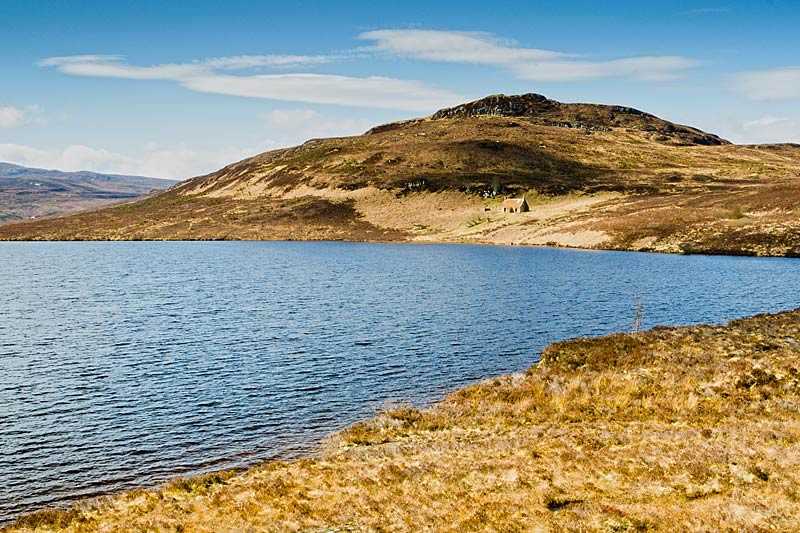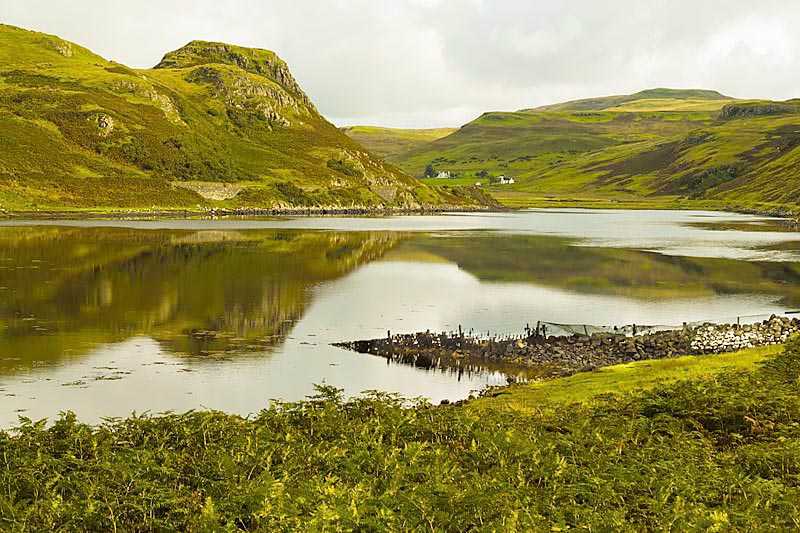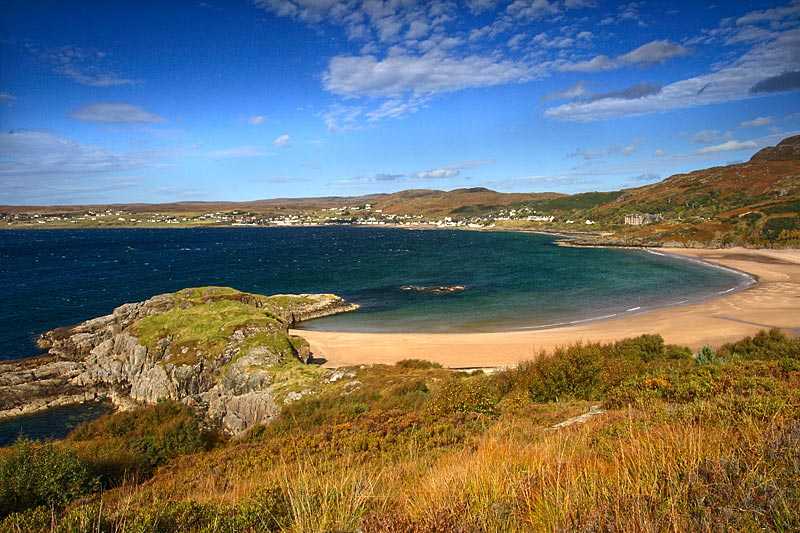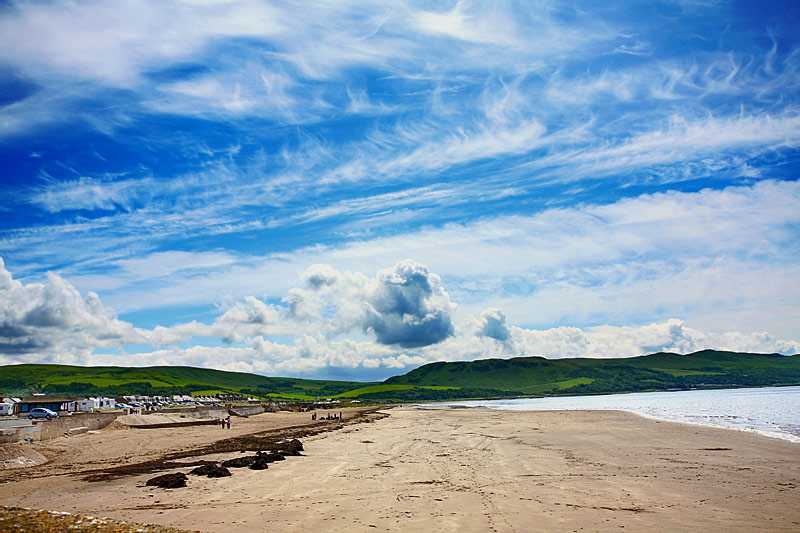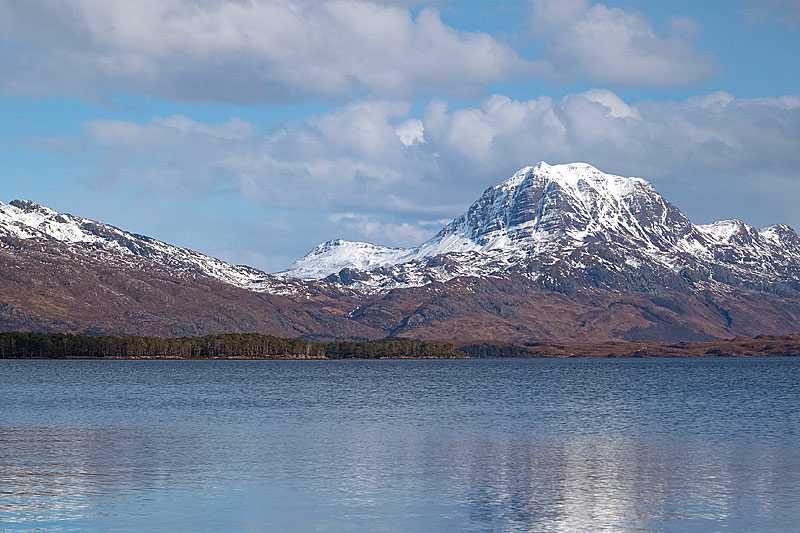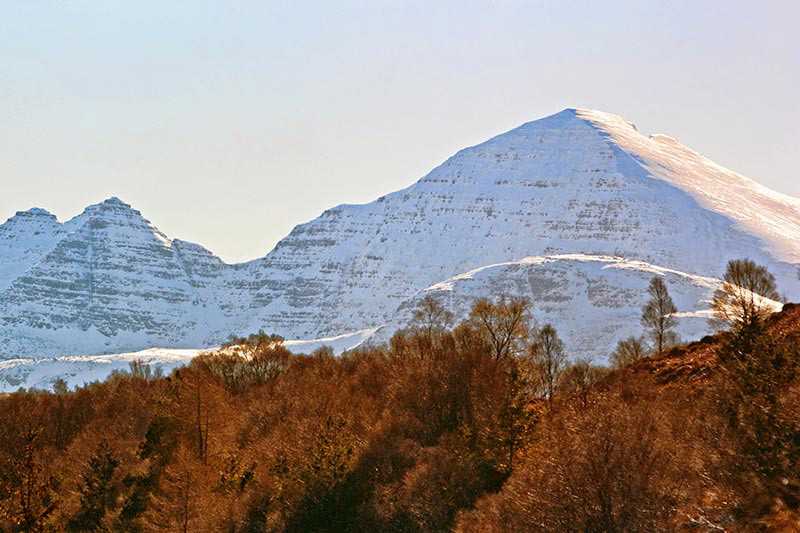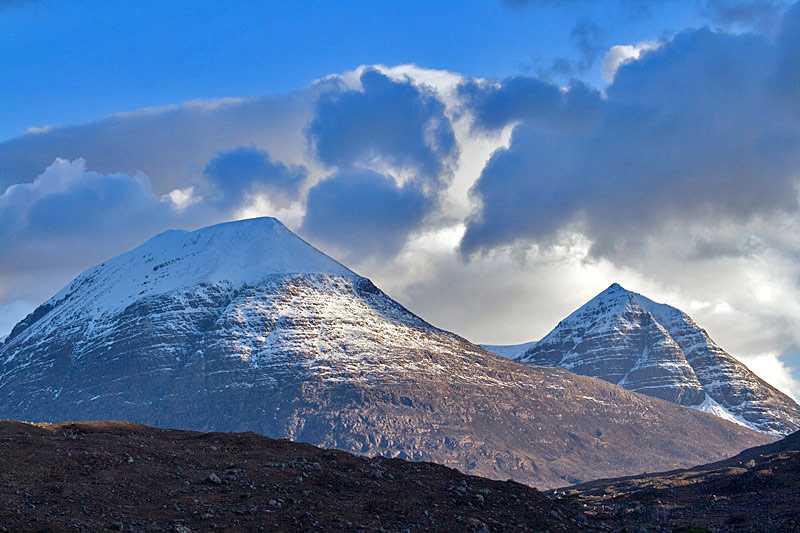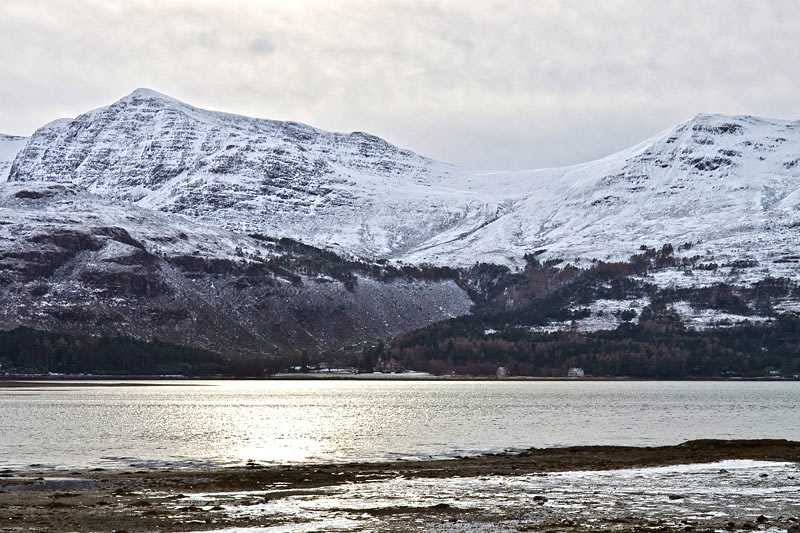Loch Maree
About Loch Maree
Loch Maree is a freshwater lake in Wester Ross in the Northwest Highlands of Scotland. It measures 20 km (12.4 mi) in length and has a maximum width of 4 km (2.5 mi)....
About Loch Maree
Loch Maree is a freshwater lake in Wester Ross in the Northwest Highlands of Scotland. It measures 20 km (12.4 mi) in length and has a maximum width of 4 km (2.5 mi). It is the fourth largest freshwater loch in Scotland with a total surface area of 28.6 km2 (11 mi2).
At the south-east end of the loch, Slioch Mountain dominates the landscape, standing at 98...
Attractions near Loch Maree
Activities
About Loch Maree
About Loch Maree
Loch Maree is a freshwater lake in Wester Ross in the Northwest Highlands of Scotland. It measures 20 km (12.4 mi) in length and has a maximum width of 4 km (2.5 mi). It is the fourth largest freshwater loch in Scotland with a total surface area of 28.6 km2 (11 mi2).
At the south-east end of the loch, Slioch Mountain dominates the landscape, standing at 981 m (~3,218 ft). There are five large wooded islands within the loch as well as over 25 smaller ones, some containing ancient monuments. Loch Maree is often known as the most beautiful Scottish loch, and is said to have its own monster, like Loch Ness. It was visited by Queen Victoria in 1877, after whom the Victoria Falls on the south side of the loch is named.
Flora and Fauna
The loch is internationally important for its biodiversity and wildlife. Sea trout and salmon provide food for the Black-throated diver and otter and Golden eagles live in the area. The site is a designated Special Area of Conservation, Special Protected Area and a Ramsar site.
Activities
The area is fairly remote and so it is less visited – and tourism less catered for – than many other of Scotland’s lochs. Visitors can enjoy boating, kayaking and canoeing, as well as walking, hiking, and climbing. The loch is renowned for its fishing.
